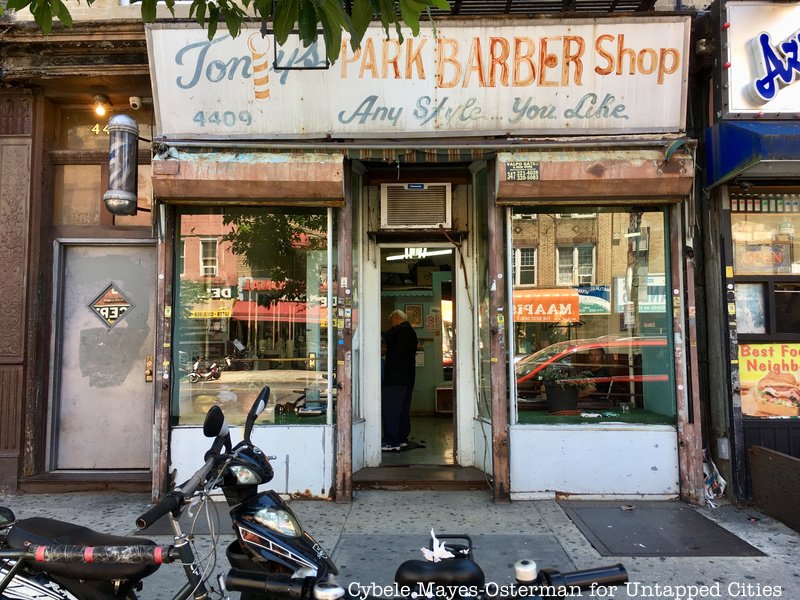When visiting a hair professional, being able to clearly describe your ideal hairstyle is essential for reaching the desired appearance. A thorough description enables the stylist understand your expectation and reduces the chances of misunderstanding. To ensure that you get the haircut you want, it is necessary to prepare in advance and think about several key factors when expressing your preferences. These factors comprise hair length, consistency, style, and any specific elements that you would like to incorporate.
First, consider the length of your hair. Haircuts can range from very short styles like pixies to long layers that fall below the shoulders. It is helpful to specify whether you want a trim, a significant cut, or a complete transformation. Using precise terms such as "shoulder-length" or "mid-back" can provide clarity. Additionally, discussing the possibility of bangs or layers helps the stylist visualize your request more accurately. Being clear about how much length you wish to maintain or remove will significantly influence the outcome of your haircut.
Next, tress texture plays a key role in shaping how a haircut will look. Different textures—such as straight, rippled, curly, or kinky—respond differently to various cuts. When explaining your preferred haircut, it is essential to note your tresses’ inherent structure and whether you plan to utilize any hair tools or products. For example, if you have dense strands, you may want to ask for visit site thinning techniques to minimize bulkiness. Alternatively, if your hair is thin, you might seek texturizing that add volume. This detail enables the professional to customize the style based on how your hair responds.

In conjunction to hair length and texture, sharing the overall style you want can offer guidance for the hair professional. There are numerous hairstyles to select, including classic styles like bobs and contemporary variations like asymmetrical styles. It is helpful to provide references of hairstyles that appeal to you—these could be photos from magazines or online portfolios. Highlighting distinct features such as soft edges, defined outlines, or graduated layers can assist in conveying your idea more clearly. This ensures that both you and your hair expert are on the same page regarding desired outcome.
Lastly, don't neglect to mention any distinctive features that might enhance your hairstyle. This could include factors such as face shape or individual aesthetic choices that influence the overall appearance. For instance, those with round faces might lean toward gentle contours to elongate their profile, while individuals with angular face shapes may opt for blended layering to soften their jaw structure. Furthermore, talking about color options can also be part of this consultation; specifying if you want accent tones or a solid color can better shape your ideal haircut.
In you could check here conclusion, successfully communicating your desired style requires careful evaluation of several key elements: length, hair type, style, and distinct traits. By preparing in ahead of time and being specific about these aspects, individuals can greatly enhance their visit at the studio and increase the likelihood of leaving with a result they love. A productive discussion with a stylist is founded upon clear communication and shared expectations. This collaborative approach guarantees that both client and technician collaborate towards achieving the desired outcome.